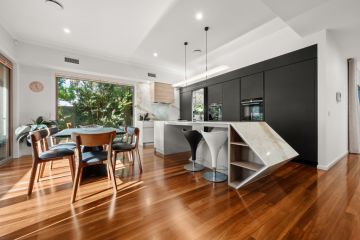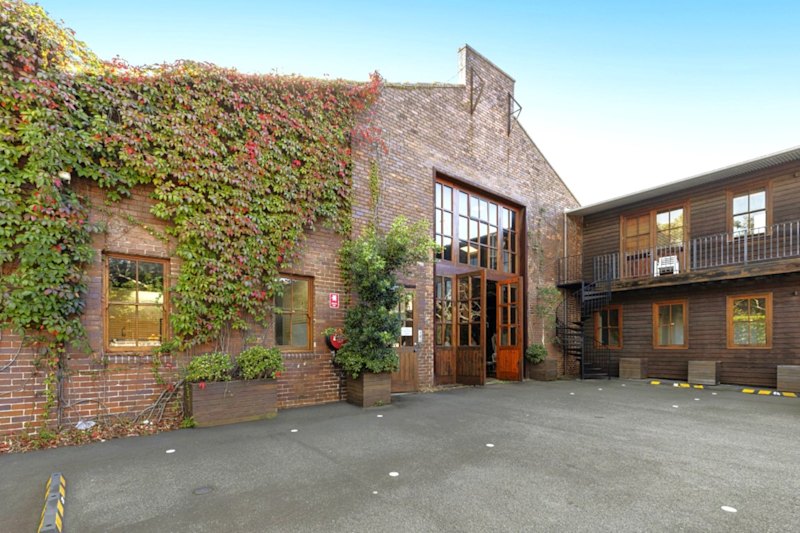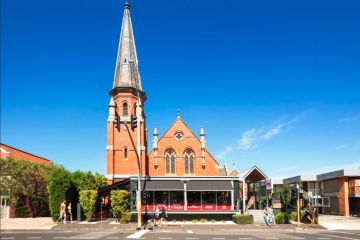What is the quintessential Canberran suburb, based on the median house price?
A four-bedroom, two-bathroom house in Franklin could be the quintessential Canberra home.
The Gungahlin suburb’s median price has climbed above the $700,000 mark, on par with the Canberra-wide median of $705,059.
Domain Group data shows that the median house price in Franklin, in the six months to March, was $707,500.
A four-bedroom house at 11 Aldous Street in Franklin sold for close to that amount in September.
The $709,000-home was set on a 495-square-metre block, had two living areas, an en suite to the master bedroom and a double garage. It last exchanged in 2009 for $530,000.
Watson and the suburb of Gungahlin also had a median price comparable with the Canberra-wide figure at $700,000 and $697,500, respectively.
Canberra’s suburban medians ranged from $435,000 in Charnwood to $1,637,500 in Yarralumla.
Domain chief economist Andrew Wilson said Canberra was a compressed market compared to other capital cities.
“Canberra is a market that does revolve around the centre,” Dr Wilson said.
“There’s not a lot of budget or prestige suburbs and the peak of demand is in the middle.”
Four in five Canberra suburbs had a median house price within $200,000 of the city median.
Domain Group data scientist Nicola Powell said the “average Canberra suburb” had shifted over the past five years.
“Because we’ve had such strong prices growth, what that has meant is perhaps your average, everyday Canberra house is starting to be pushed out onto the outer ring,” Dr Powell says.
“If you rewound to five years ago, it may have been located nearer to the city and maybe in the southern region.
“It reflects that a higher proportion of buyers are priced out of the inner north and inner south area.”
Further growth is expected along the transport corridor as the project nears completion.
“Infrastructure becomes more important as Canberra spreads,” Dr Wilson said.
“[The light rail] an absolute positive for what is a city that is now not just broadening, but densifying as well.”
We recommend
States
Capital Cities
Capital Cities - Rentals
Popular Areas
Allhomes
More









